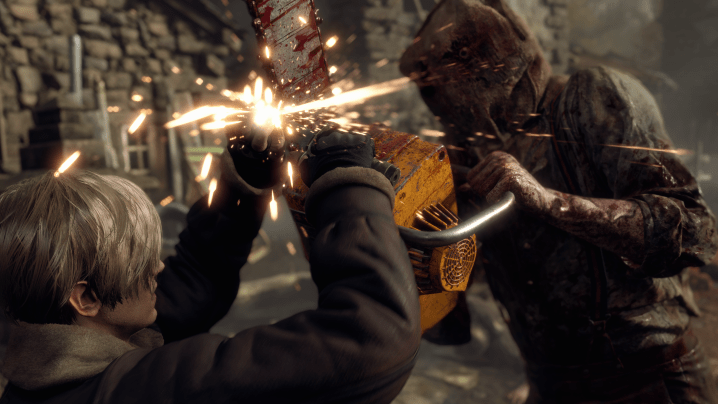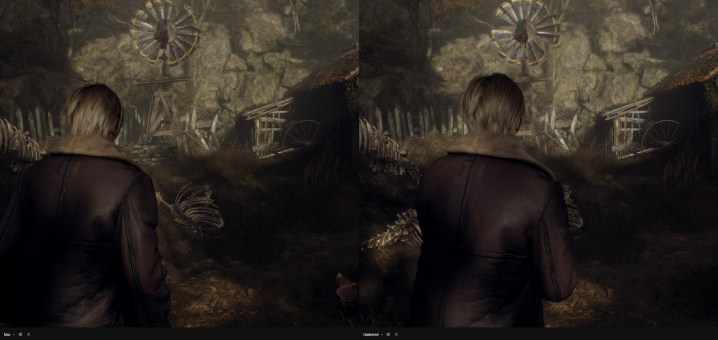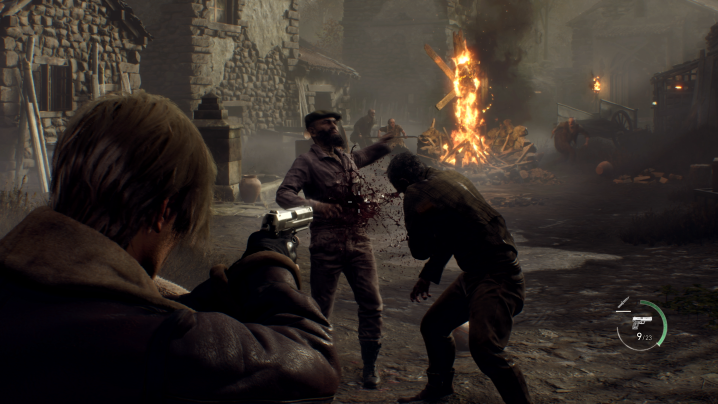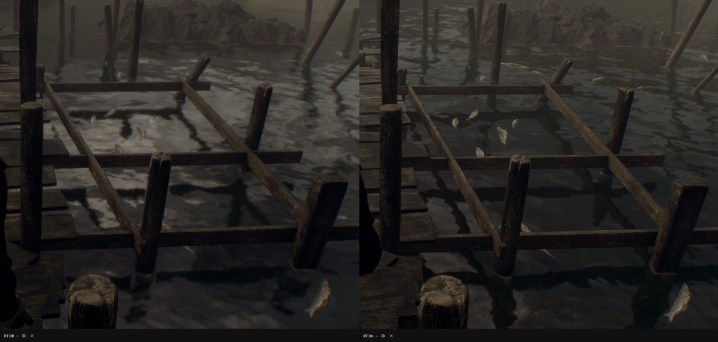Resident Evil 4 Remake is undoubtedly one of the most visually impressive PC releases we’ve seen in the past few years. Leveraging the highly scalable RE Engine, the game looks great while accommodating a wide range of hardware. In this guide, we’re going to help you find the best settings.
In addition to the flexible engine, Resident Evil 4 Remake includes upscaling options and ray tracing to push high-end rigs to their limit. I’ve spent a few hours testing the game to dig into how
Best settings for Resident Evil 4 Remake

After some initial testing in the first few chapters of the game, here are the best settings I found for
- FidelityFX Super Resolution 2: Balanced
- FidelityFX Super Resolution 1: Off
- Image quality: 100%
- Rendering mode: Normal
- Anti-aliasing: FXAA + TAA
- Texture quality: High (2GB)
- Texture fFiltering: High (ANISO x4)
- Mesh quality: Mid
- Shadow quality: Mid
- Shadow cache: On
- Contact shadows: Off
- Ambient occlusion: FidelityFX CACAO
- Volumetric lighting: Low
- Particle lighting: Low
- Bloom: On
- Screen space reflections: On
- Subsurface scattering: On
- Hair strands: Low
- Graphics dismemberment: On
- Persistent corpses: Many
- Corpse physics: low
- Diverse enemy animations: On
- Motion blur: Off
- Rain quality: Low
- Terrain: On
- Destructible environments: On
Starting with your GPU, the biggest challenge is managing your video memory. The RE Engine that
For other GPU-intensive options like volumetric lighting, mesh quality, and shadow quality, I opted for the lowest settings possible that offer the best image quality. Many settings, such as volumetric lighting, show limited image quality gains when you push them up.
In addition to GPU options,

Above, you can see how the Max preset in the game compares to my list of settings.
There are a few other settings I need to highlight. First, FidelityFX Super Resolution (FSR). Both version one and two are included, but I recommend sticking with the second version (more on that later). There’s also an interesting setting related to hair strands, which I recommend turning on.

It can be demanding, but as you can see in the comparison above, turning on hair strands looks much better than leaving them off.
Resident Evil 4 Remake PC requirements

You don’t need a beefy PC to run
At minimum, Capcom says you’ll need an AMD Ryzen 3 1200 or Intel Core i5-7500, along with 8GB of RAM and either an AMD RX 560 or Nvidia GTX 1050 Ti. The VRAM requirement here is just 4GB, which is a stark contrast to recent releases like Hogwarts Legacy that need loads of video memory.
| Minimum | Recommended | |
| CPU | AMD Ryzen 3 1200 / Intel Core i5-7500 | AMD Ryzen 5 3600 / Intel Core i7-8700 |
| GPU | AMD RX 580 4GB / Nvidia GTX 1050 Ti 4GB | AMD RX 5700 / Nvidia GTX 1070 |
| RAM | 8GB | 16GB |
| DirectX Version | DirectX 12 | DirectX 12 |
| Storage | 60GB | 60GB |
A big reason why is how
At minimum settings, Capcom says you’ll need to play at 1080p with an average frame rate of 45 frames per second (fps). To jump up to 60 fps at the same resolution, Capcom recommends an AMD Ryzen 5 3600 or Intel Core i7-8700, 16GB of
Although you can get by with very little in
FSR in Resident Evil 4 Remake

I noticed some strange issues with FSR 2 in
As you can see in the comparison below, though, FSR 1 still doesn’t look great. Even at its Ultra Quality mode, there’s a steep drop-off in detail that doesn’t show up with FSR 2.

Although FSR 2 should be your first choice, there is a reason to use FSR 1. In addition to the more demanding quality presents, older GPUs will work best with the first version. AMD recommends an RX 5700 or RTX 2070 for FSR 2 at
Ray tracing in Resident Evil 4 Remake

Unlike Dying Light 2, the
Editors' Recommendations
- Helldivers 2 PC performance: best settings, performance, crashing
- All ray tracing games on PC: AMD Radeon and Nvidia RTX ray tracing
- These are the Diablo 4 settings to tweak for the best performance
- Hogwarts Legacy PC: best settings, ray tracing, DLSS, and more
- The best gifts for PC gamers





